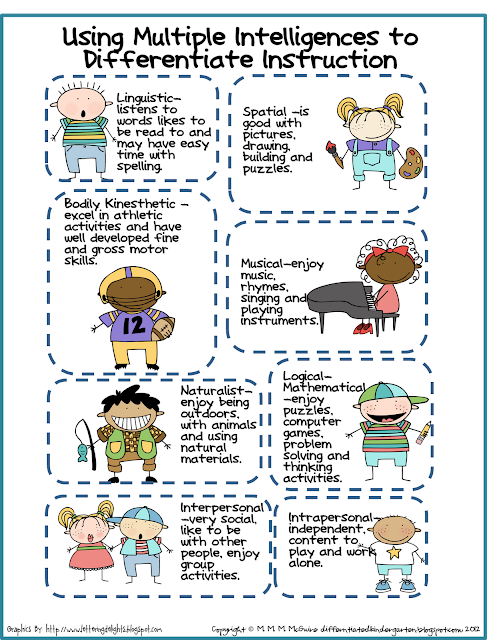Little children's travel activity book
- Journeys need never be boring again with this vibrant activity book for young children.
- Packed full of write-in activities including puzzles, wordsearches, dot-to-dot, spot-the-difference, mazes and more.
- A fantastic pastime for journeys and holidays.
“This book provides a great value-for-money purchase for fully entertaining and stimulating children during journeys, holidays and rainy days.”
First4Dads
“a great way to keep learning going over the summer holidays”
Parents in Touch
My first big book of dot-to-dots
- Little children will love joining the dots and colouring the pictures in this fun activity book with over 100 stickers to add to the pages.
- Find out what is missing from each scene by joining up the numbers 1 to 10 – look out for the farmhouse, a submarine, a fire-truck and even a hippopotamus!
- A fun way for children to practise first number skills, as well as colour recognition and pen control.
- 50 wipe-clean cards with 100 simple activities to keep young children occupied on long journeys.
- Includes games, puzzles and quizzes using everyday objects found inside the vehicle or seen out the window.
- Includes a special pen to write on the cards.
Big wipe-clean activity book
- Young children will have great fun completing the colourful activities in this wipe-clean book.
- There are patterns to doodle and scenes to complete, including dot-to-dots and mazes.
- A fun and engaging way for young children to learn and develop pen control.
- Each page is wipe-clean so that children can complete the activities again and again with the special pen.
Abc colouring book
Wipe-clean ready for writing
Wipe-clean 1 2 3
Write your own story book
- A fantastic write-in book that helps children learn to write their own stories.
- Includes lots of different writing activities including a fictional school journal, writing a comic strip, and forming a story around a picture.
- Packed with writing tips and a 'storywriting toolkit' to inspire budding authors.
- Concealed spiral binding that allows the book to open flat but doesn't get in the way as you write.
“A truly creative book that is bound to inspire the JK Rowlings and Jacqueline Wilsons of the future.”
tBk magazine
“A writing workshop in book form.”
Bookfest
http://www.amazon.co.uk/dp/1409557499?tag=parenintouchc-21&camp=1406&creative=6394&linkCode=as1&creativeASIN=1409557499&adid=009QFAKFD8SMYW4GG5W9&&ref-refURL=http%3A%2F%2Fwww.parentsintouch.co.uk%2FBook-reviews-activity-books-page-2#reader_1409557499
http://www.amazon.co.uk/dp/1409549844?tag=parenintouchc-21&camp=1406&creative=6394&linkCode=as1&creativeASIN=1409549844&adid=03VMHV92SR1WR79G4AX5&&ref-refURL=http%3A%2F%2Fwww.parentsintouch.co.uk%2FBook-reviews-activity-books-page-2#reader_1409549844
